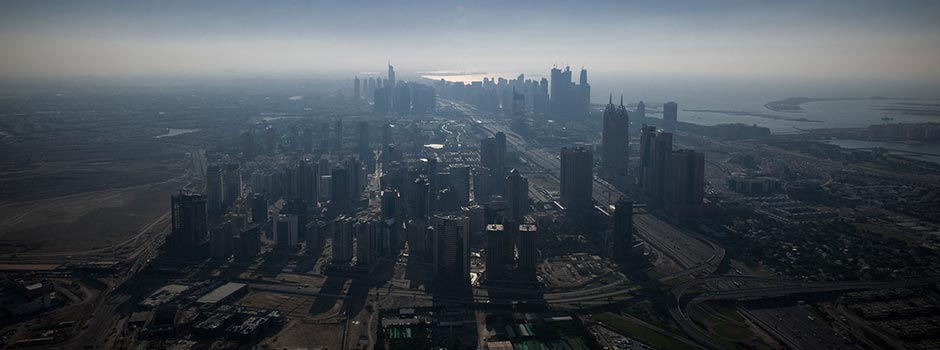
PHOTO EXHIBITION AT JAMM ART GALLERY New Pictorialism: Three Visions – Three Photographers
Mar 04, 2015 Photography

The aim of the pictorialists, a movement that gained influence after 1885, was to obtain the recognition of photography as an artistic medium. To do this, photographers suppressed all that appeared too scientific in photography in favour of an aesthetic and subjective expression. Photography, seen before only as an expression of pure verifiable reality, was transformed into an art form, representing personal visions. The position of photography as an artistic medium is no longer in doubt, but we are now confronted with the need to make sense of the multitude of directions and tendencies.
JAMM Art Gallery’s presentation of photographs by Ali Azarmi, Danielle Rizkallah and Vivian van Blerk, pays homage to pictorialism and to the very origins of photography where the precise objective reality promised by photography has always had to co-exist with the subjective perceptions of the person holding the camera.
150 years ago, Nadar created the first aerial photograph. Since this initial exploit, aerial photography has become a genre of its own. Considered as documentary photography, sometimes for military use, it is of considerable value for cartography and, of course, aerial archaeology. Ali Azarmi offers an artistic vision far beyond the dry document: his dramatic sweeping vision contrasts overexposures with saturated blacks. Through his eyes, Dubai becomes a giant labyrinth, at once structured and fantastic, hypermodern and unreal.
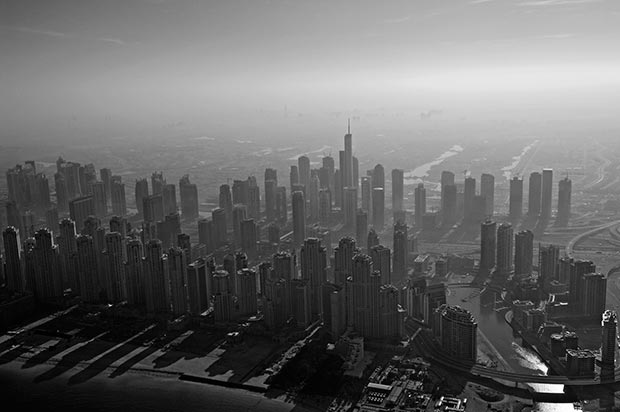 Ali Azarmi, Rise #2642, 2010 / Courtesy of the Artist and JAMM Art Gallery
Ali Azarmi, Rise #2642, 2010 / Courtesy of the Artist and JAMM Art Gallery
 Ali Azarmi, Rise #2856, 2010/ Courtesy of the Artist and JAMM Art Gallery
Ali Azarmi, Rise #2856, 2010/ Courtesy of the Artist and JAMM Art Gallery
 Ali Azarmi, Rise #1718, 2010 / Courtesy of the Artist and JAMM Art Gallery
Ali Azarmi, Rise #1718, 2010 / Courtesy of the Artist and JAMM Art Gallery
Ali Azarmi was born in 1961 in Baghdad to Iranian parents. He grew up in Tehran and then moved to the UK at the age of 13. He graduated from London College of Communications. In 1993, he moved to Dubai and worked as Executive Creative Director at BBDO. In 2008, he started a film production company Joy Films in Dubai and Beirut. Azarmi’s work is spontaneous and experimental, often using mixed media and chemical reactions in order to explore the unknown and the hidden. Through aerial photography, as a combination of landscape and abstract photography, he “sees the world differently as textures and patterns, Man-made and natural compositions.â€
In the spirit of the new pictorialists, artist Vivian van Blerk exploits the intrinsic material qualities of photographs. To do this, he prints on sheets of glass using traditional photography chemistry such as silver emulsion, cyanotype or gum printing. His images are photomontages using images he takes himself in the streets, museums, zoos, airports... to create aesthetic compositions, which are indebted to art historical models. His collages, photo negatives and the prints themselves are often drawn on, scratched into and painted over. The artist thus adds his own presence to the photographic trace. His complex themes weave mythology and history into the artist’s very personal metaphysical universe.
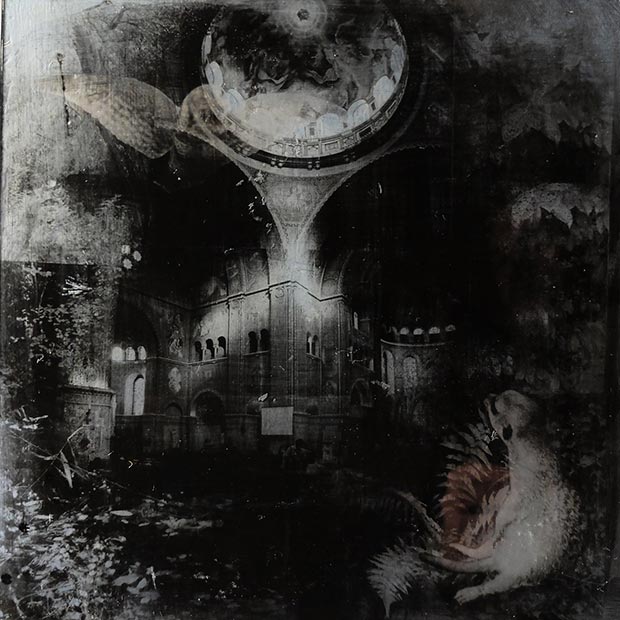 Vivian van Blerk, Ephemeron - Nightjar, 2008 / Courtesy of the Artist and JAMM Art Gallery
Vivian van Blerk, Ephemeron - Nightjar, 2008 / Courtesy of the Artist and JAMM Art Gallery
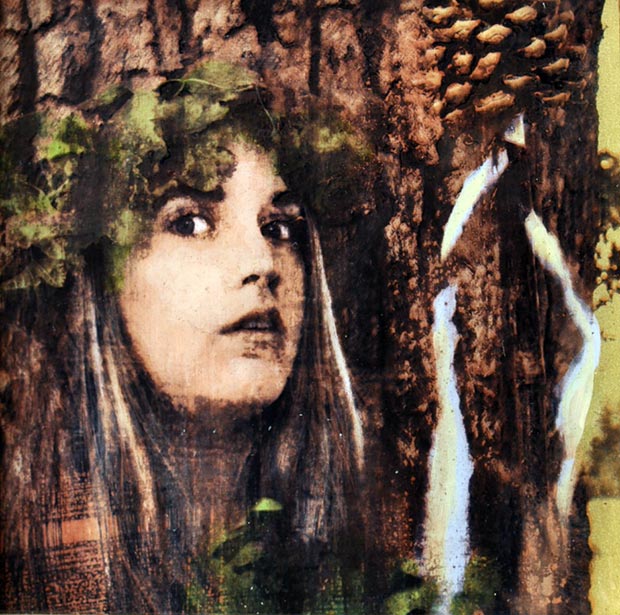 Vivian van Blerk, Metamorphoses - Bacchante, 2012 / Courtesy of the Artist and JAMM Art Gallery
Vivian van Blerk, Metamorphoses - Bacchante, 2012 / Courtesy of the Artist and JAMM Art Gallery
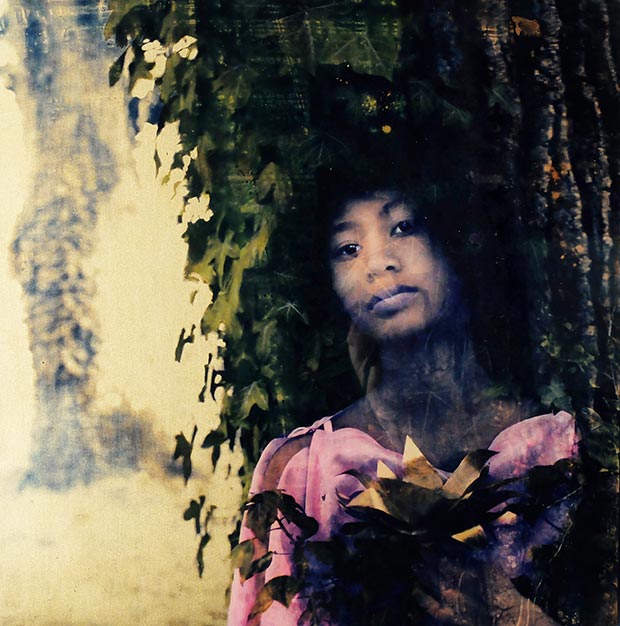 Vivian van Blerk, Metamorphoses - Dryopee, 2012 / Courtesy of the Artist and JAMM Art Gallery
Vivian van Blerk, Metamorphoses - Dryopee, 2012 / Courtesy of the Artist and JAMM Art Gallery
Vivian van Blerk was born in 1971 in Cape Town, South Africa, and has been living and working in Paris since 1997. His photographic work explores the immediacy and apparent documentary truthfulness of photography in order to invent fictions, which unfold within parallel worlds very close to our own. He often collages and montages imagery in the studio and the darkroom, retouches negatives and uses alternative printing techniques, rendering his photographic universe strange. Van Blerk’s works are particularly preoccupied with inventing narratives, which unite and make coherent the fragmented Western history, art and thought he inherited in Africa.
Creating the 1955 photography exhibition 'The Family of Man', Edward Steichen was amongst the first to express the new vision that a fundamental mission of photography is to explain “man to man†and man to himself. Danielle Rizkallah appropriates this discourse. Her photography is humanist, inviting us to follow her exploration of the world and its inhabitants. Her pictures offer a message of hope and the fraternity of shared experiences. Witnessing stolen moments of happiness we are touched by an infectious lightness and joy of being that continues to affirm The Family of Man’s optimistic view of the “essential oneness of mankind throughout the world†(Edward Steichen, 1955).
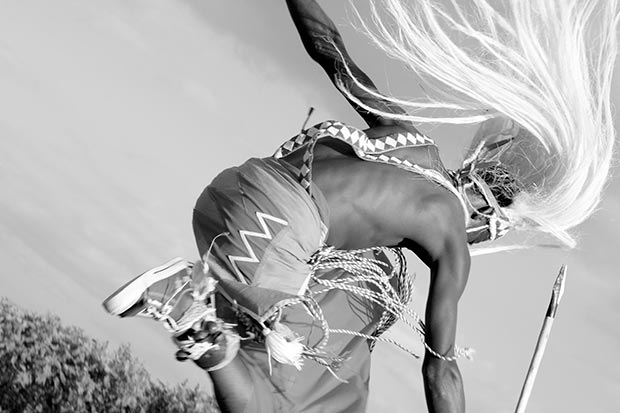 Danielle Rizkallah, Although bodies come in close proximity, they do not touch 2 (Rwanda), 2014 / Courtesy of the Artist and JAMM Art Gallery
Danielle Rizkallah, Although bodies come in close proximity, they do not touch 2 (Rwanda), 2014 / Courtesy of the Artist and JAMM Art Gallery
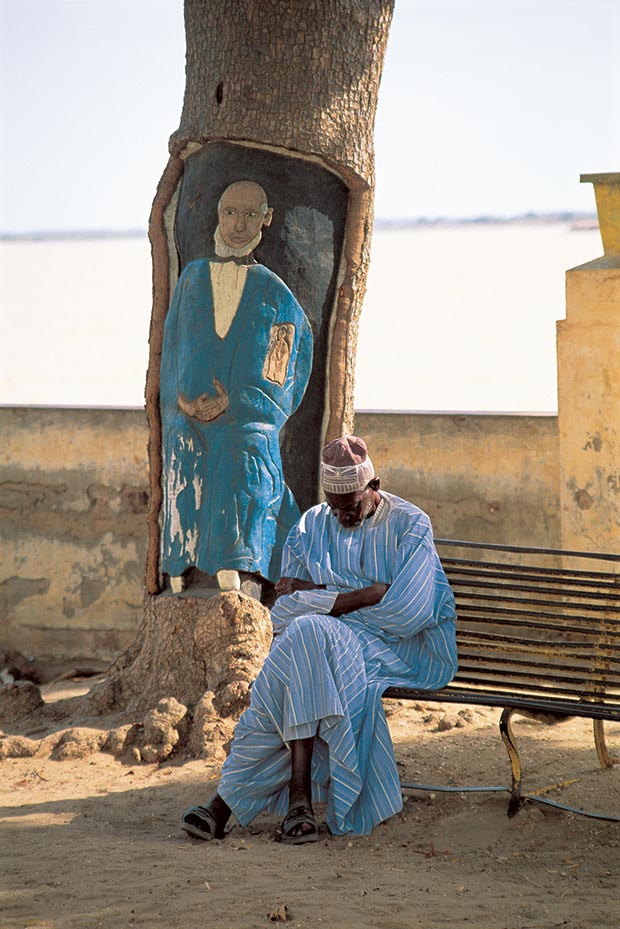 Danielle Rizkallah, Bearing the entire human generations (Senegal), 2014 / Courtesy of the Artist and JAMM Art Gallery
Danielle Rizkallah, Bearing the entire human generations (Senegal), 2014 / Courtesy of the Artist and JAMM Art Gallery
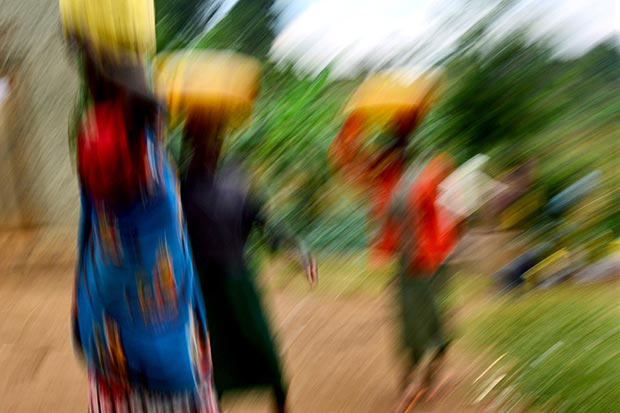 Danielle Rizkallah, Everybody walks to salvation (Rwanda), 2014 / Courtesy of the Artist and JAMM Art Gallery
Danielle Rizkallah, Everybody walks to salvation (Rwanda), 2014 / Courtesy of the Artist and JAMM Art Gallery
Danielle Rizkallah was born in Beirut in 1966 in an art infused family. Her professional career as a creative executive in an advertising agency helped fuel her passion for art and storytelling. Today, her heart sways for everything beautiful, genuine and wild, be it in filmmaking, photography or jewelry design. She has roamed the world from Beijing to Patagonia, from Australia to Cape Town, from Mali to Mexico, from Chile to the Americas, Europe and the Middle East, looking for the extreme and capturing unforgettable moments in time where the patterns of life represented become more central than the objects themselves.
Comments
Add a comment